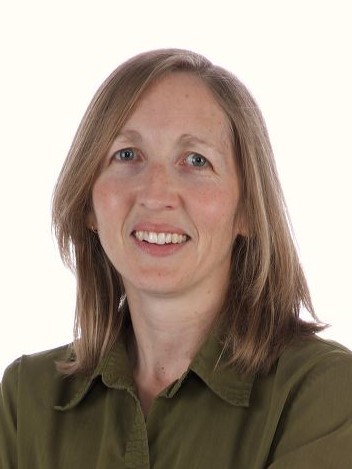Growing up in Virginia, I never thought I would become an engineer. Not that I didn’t want to be an engineer — the thought just never crossed my mind. As a kid, I spent most of my free time pursuing various arts. I loved music, learning to play the flute, piccolo, and later the electric bass, on top of spending many years studying classical ballet. And it may not be considered art, but I also loved baking; the process of perfecting old recipes and the creativity of coming up with new ones.
A Common Thread
The common thread with all of these creative endeavors is how important it is to learn and understand the fundamentals. Once you have the basics down, you can let your creativity help you reach new heights in your field of focus. Practice the same steps, the same notes, or the same recipes until it just feels like it's a part of you. That’s when you can start throwing in your own personal style, and with dance, music and baking, you can then share the results of your personal style with others.
When I started college, I didn’t know much about engineering. Fortunately, I had a solid background in math and science (as a child, I also loved math and science along with my creative pursuits). And I did like the idea of putting those two disciplines together to come up with creative solutions to real problems.
But my journey towards engineering wasn’t always the easiest. I had never taken a computer class until I was in college, so studying Electrical and Computer Engineering took extra work. But I was used to practicing hard on the fundamentals, knowing that eventually the hard work would get me to a place where I could make that jump from the basics of logic design to coming up with creative solutions to difficult problems.
Engineering is a Creative Pursuit
After years of studying computers and practicing different methods of design, I’ve tried to find ways to use my creativity as much as possible in my career. Striving for that elegant solution is always the goal. I’ve now worked for many years in ASIC and FPGA design, and love the creative challenges I face.
After a few stints in design and applications roles at other tech companies, I currently work as an applications engineer at Achronix, where I get to use my background in logic design, and my knowledge of our products, to help customers realize their solutions. Programmable logic can open up possibilities in many different applications and solutions, but to truly unleash the full potential, you need excellent software tools to help you get your solution on the device. One of the things I had to learn in coming to Achronix was how to help our customers use our software tool, ACE, to achieve their design goals.
I'm particularly excited our Speedcore eFPGA IP that allows ASIC and SoC designers to add programmable fabrics to their chips. This is a relatively new capability that allows my customers to solve problems in a way that had never been possible before. This opens up a new range of creative solutions for my customers.
About Katie
Katie Purcell is a senior staff applications engineer at Achronix Semiconductor Corporation in Santa Clara, Calif. She has worked in the ASIC and FPGA design industry for more than 15 years, and has extensive experience in design, verification, synthesis and timing analysis. Prior to working at Achronix, she was a lead applications engineer at MoSys, Inc., helping secure several design wins for the company. Purcell held design and leadership positions at Eastman Kodak for a digital image processor, was a lead designer at Xilinx for the embedded PowerPC team on Virtex-4 and Virtex-5, and also held design positions at Chameleon Systems and 3Ware. Purcell received a Bachelor of Science degree in Electrical and Computer Engineering from Carnegie Mellon University, and a Master of Science degree in Electrical Engineering at Stanford University.

